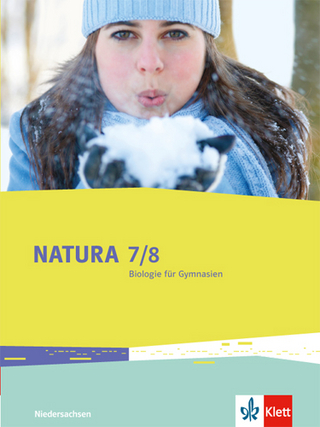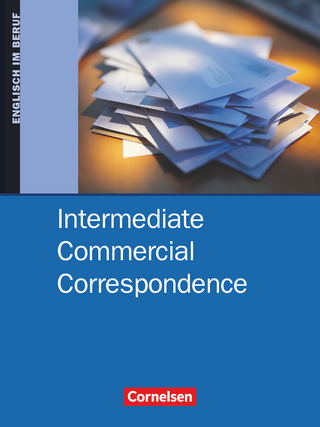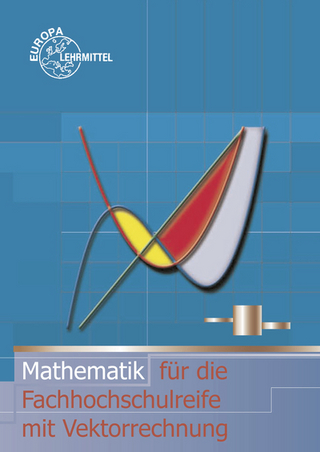Artificial Photosynthesis
Wiley-VCH (Verlag)
978-3-527-31090-6 (ISBN)
Since the events crucial to plant photosynthesis are now known in molecular detail, this process is no longer nature's secret, but can for the first time be mimicked by technology. Broad in its scope, this book spans the basics of biological photosynthesis right up to the current approaches for its technical exploitation, making it the most complete resource on artificial photosynthesis ever published.The contents draw on the expertise of the Australian Artificial Photosynthesis Network, currently the world's largest coordinated research effort to develop effective photosynthesis technology. This is further backed by expert contributions from around the globe, providing an authoritative overview of current research worldwide.
Tony Collings studied chemical engineering at the University of New South Wales and anthropology at the University of Sydney (Australia). He holds a PhD and DIC degree from London University (UK). Following postdoctoral work at the California Institute of Technology in Pasadena (USA) he joined the Commonwealth Scientific and Industrial Research Organization (CSIRO) Industrial Physics division in Lindfield (Australia), where his research interests have been in the physics of liquids, ultrasonics and biophysics. He led a research team that won the Australian Institute of Engineers Research Excellence Award. He is the convener of the Australian Artificial Photosynthesis Network. Christa Critchley studied botany, biochemistry and genetics at the University of Cologne and completed her PhD at the Heinrich Heine University in Düsseldorf (Germany). Following postdoctoral work at CSIRO in Sydney, the Australian National University in Canberra and at the University of Illinois at Urbana-Champaign (USA) she was awarded a National Research Fellowship at the Australian National University. She then joined the University of Queensland where she is now Professor of Botany and the Deputy Director of the UQ Graduate School. Her research interests are the biophysics and biochemistry of plant photosystem II and biomembranes. She is a founding member of the Australian Artificial Photosynthesis Network.
THE CONTEXT
Artifical Photosynthesis: Social and political issues
An integrated artificial photosynthesis model
CAPTURING SUNLIGHT
Broad band photon harvesting biomolecules for photovoltaics
Design of natural photosynthetic antenna systems
Identifying redox-active chromophores in PS II
The nature of the special-pair radical cation produced during photosynthesis
Protein-based artificial photosynthesis reaction centers
Novel polynorbonane scaffolds for chromophore linkage and spacing
FEEDING THE GRID FROM THE SUN
Very high efficiency in silico photovoltaics
Mimicking Bacterial Photosynthetic Energy Conversion
PHOTOHYDROGEN
Development of algal systems for hydrogen photoproduction
Bioengineering of green algae to enhance hydrogen production
THE CARBON CONNECTION
Manipulating ribulose bisphosphate carboxylase/oxygenase
Defining the chemical mechanism of Rubisco by computational simulation
Carbon-based end products of artificial photosynthesis
Artificial photosynthesis - an engineering approach
Greenhouse gas technologies - the pathway to decreasing carbon intensity
"...klassische Übersichtsartikel über Zusammenfassungen eigener Arbeit bis hin zu Forschungsberichten..."
Angewandte Chemie
| Erscheint lt. Verlag | 5.8.2005 |
|---|---|
| Sprache | englisch |
| Maße | 170 x 240 mm |
| Gewicht | 785 g |
| Themenwelt | Naturwissenschaften ► Biologie ► Biochemie |
| Naturwissenschaften ► Chemie ► Organische Chemie | |
| Schlagworte | Biochemie • Biochemie u. Chemische Biologie • Biochemistry (Chemical Biology) • Biophysics • Biophysik • Biotechnologie • Biotechnologie i. d. Biowissenschaften • Biotechnology • Biowissenschaften • Chemie • Chemistry • Electrical & Electronics Engineering • Electrical & Electronics Engineering • Elektrotechnik u. Elektronik • Life Sciences • MEMS • Nanotechnologie • Oberflächen- u. Kolloidchemie • Photosynthese • Physical Chemistry • Physics • Physik • Physikalische Chemie • Supramolekulare Chemie • Surface & Colloid Chemistry • Surface & Colloid Chemistry |
| ISBN-10 | 3-527-31090-8 / 3527310908 |
| ISBN-13 | 978-3-527-31090-6 / 9783527310906 |
| Zustand | Neuware |
| Informationen gemäß Produktsicherheitsverordnung (GPSR) | |
| Haben Sie eine Frage zum Produkt? |
aus dem Bereich





